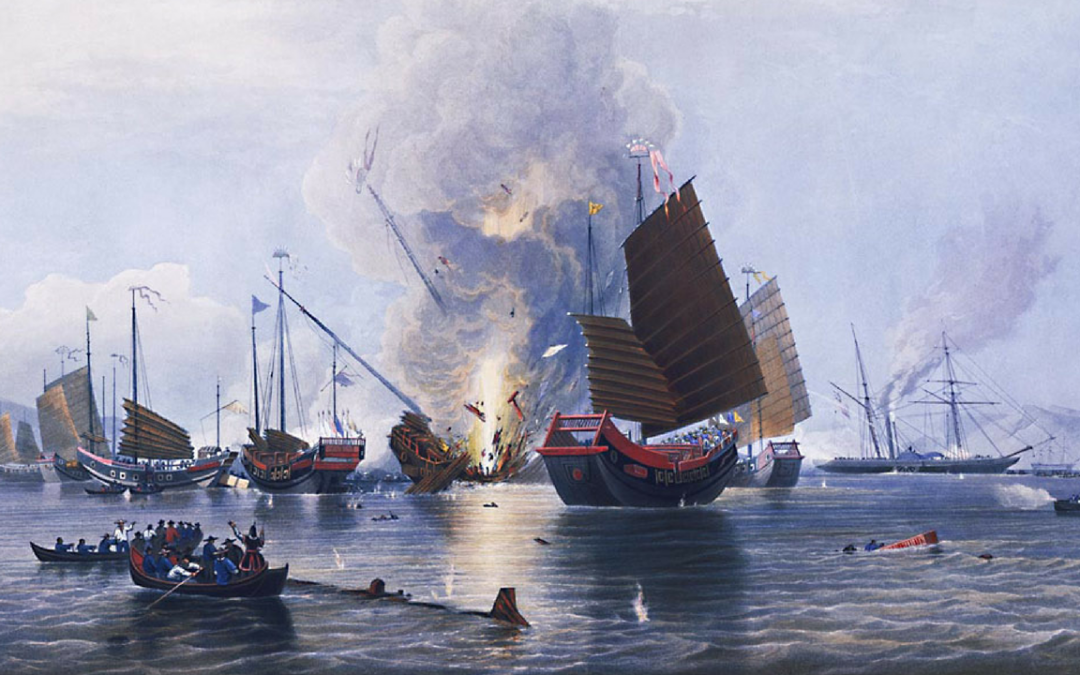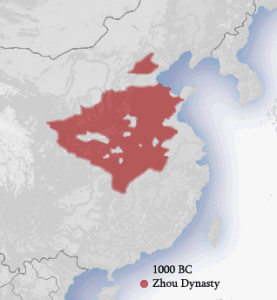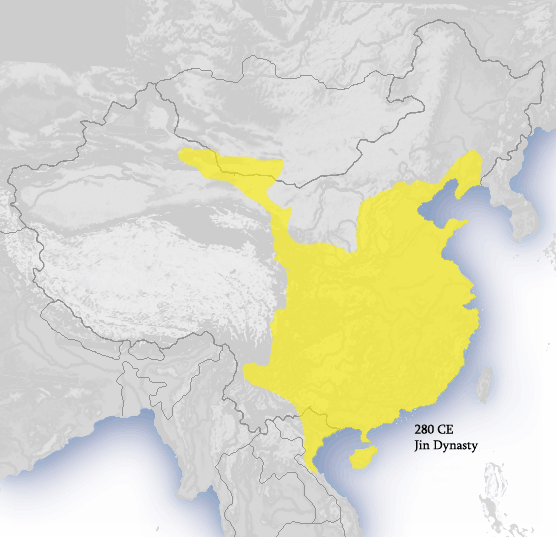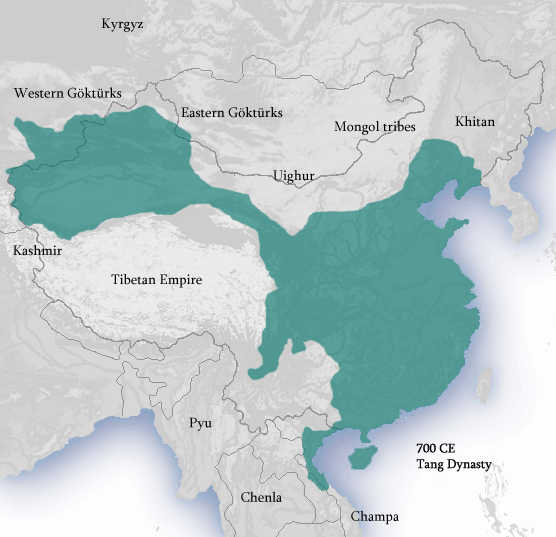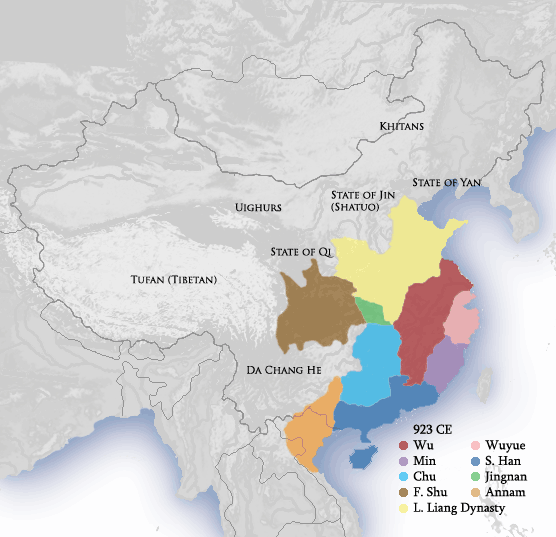A dynasty is a line of hereditary rulers of a civilisation. There are many Chinese dynasties throughout history but these ones were particularly violent. Dynasties rarely started or ended peacefully, in fact the majority of them were destroyed by rebellions or opposing factions. This is a list of the 10 bloodiest Chinese dynasties ever.
Eastern Zhou Period – 770 BC to 256 BC
The Warring States period of Chinese history followed the Spring and Autumn period, it was a period of bloody warfare in order to gain control of China. It happened during the Eastern Zhou period. There were seven main states contending for power in the region, these were Qin, Qi, Chu, Yan, Zhao, Han, and Wei. The Qin empire eventually conquered the other states and unified China under their rule. He established the first unified Chinese dynasty. It’s estimated that over 1.3 million people died fighting over this 255 year period. Qin won partly because of it’s technological innovations. Iron swords became common among the Qin army.
Han Dynasty – 206 BC to 220 AD
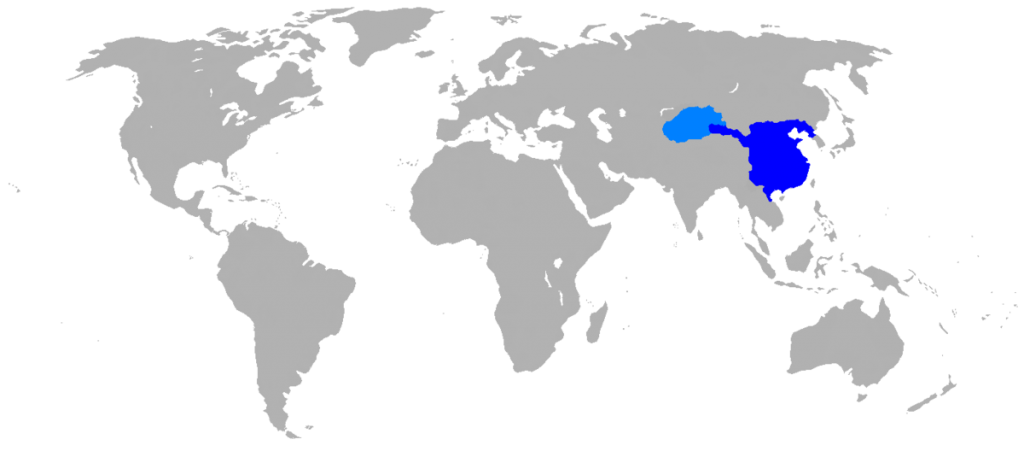
The Han dynasty is one of the most violent Chinese dynasties in history mainly because it had one of the most violent declines in history. The Three Kingdoms Period is known to be one of the most violent periods in history, and is what finally marked the end of the Han dynasty. The dynasty was founded by a rebel named Liu Bang in 202 BC. It lasted for over 400 years before finally being succeeded by the Cao Wei Dynasty. A series of bloody rebellions triggered a long enduring war (Three Kingdoms war) which resulted in the deaths of millions of people. It’s estimated that almost 38 million people died.
Jin Dynasty – 265 AD to 420 AD
The Jin dynasty usurped the throne from the Cao Wei dynasty. Sima Yan founded the dynasty, and went on to unite the country under his rule by conquering eastern Wu. The Jin was a powerful state but it didn’t last long. Not long after they united the country they suffered a succession crisis, which led to the rise of the Five Barbarians. The Five Barbarians were immigrants who moved to northern China during the Three Kingdoms period. When Emperor Hui succeeded Sima Yan in 290 the Empire’s decline had begun. It’s believed that the emperor may have been retarded and was used as a puppet. Eventually the barbarians saw no reason to obey the corrupt government and rebelled. They overthrew the Jin dynasty, and then established their own Kingdoms in the 4th and 5th centuries.
Tang Dynasty – 618 AD to 907 AD
What started as one of the greatest times in Chinese history eventually ended in one of the bloodiest rebellions in history, the An Lushan Rebellion. It was a time of great economic and cultural progress. A population boom had made the country rich and powerful, but it didn’t last forever. An immigrant named An Lushan founded his own dynasty in Northern China known as the Yan dynasty. There being two Chinese dynasties divided power in the country and led to a brutal civil war. Between 13 million and 36 million people died during the war, and although the rebellion was eventually put down the country had been weakened beyond repair.
Five dynasties and Ten Kingdoms – 907 AD to 960 AD
This was an incredibly violent transition phase between the Tang and Song dynasties which lasted for 53 years. With the fall of the Tang, the country was divided among warlords who all declared themselves emperor and fought for supremacy. There were ten kingdoms in total, five in northern China, and five in southern China. The five dynasties were the northern Chinese dynasties called, Later liang, Later Tang, Later Jin, Later Han, and Later Zhou. After years of warfare, the kingdoms were eventually unified by Zhao Kuangyin of Later Zhou, who established the Song dynasty.
Song Dynasty – 960 AD to 1279 AD
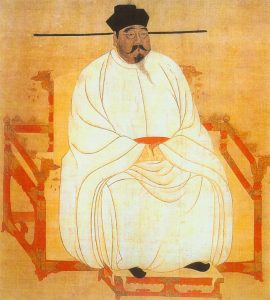
The Song fought multiple wars against multiple enemies throughout their 152 year history. They fought with the Ly dynasty from Vietnam. This war was brutal and costly, and in the end they failed to win it. Instead it ended in a draw, but both sides had been severely weakened. Soon after they were attacked by the Jurchens and they were forced to flee south. After establishing a new capital at Hangzhou they concentrated on developing their naval strength. They fought with the Jurchens for 100 years and managed to fend off their invasions. Eventually however they succumbed to Mongol invasions led by Genghis Khan.
The Jurchen Jin – 1115 AD To 1234 AD
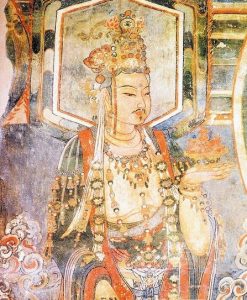
The Jurchen Jin was the second Jin dynasty, it was founded as a result of the Taizu Rebellion against the Liao dynasty. The Jin allied with Song and attacked the Liao together. Liao was quickly defeated, and that combined with the Song’s military failures convinced Jin to turn on Song. The Jin engaged in a brutal 100 year war with the Song dynasty. The Song lost a lot of territory to the Jin. The Song formed an alliance with the Mongols in 1233, and together they destroyed the Jin dynasty.
Yuan Dynasty 1271 AD To 1368 AD
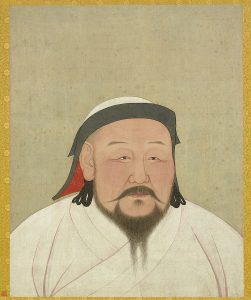
The Yuan dynasty was founded by Kublai Khan, one of the descendants of Genghis Khan. After Genghis died the Mongol empire was split into four different empires called Khanates. One of these was the Yuan. The Yuan dynasty was one of the biggest Chinese dynasties in history. Kublai wanted to expand the empire, to do this he declared war on the Song. He eventually managed to capture Hangzhou in 1276. This was the wealthiest city in China. Some people loyal to the Song managed to escape the capital and enthrone a young child empire. They fought at the battle of Yamen, which resulted in the Song emperor drowning and the conquering of the Song dynasty. The Yuan also conquered the Dali kingdom .
Ming Dynasty – 1368 To 1644

The Ming dynasty took the place of the Yuan dynasty once in collapsed in 1368. Hongwu led the dynasty for the first 30 years. He defeated the Yuan empire, forcing the Mongols to retreat to the Steppes. The Ming dynasty is said to be one of the most stable in history. It had an army of 1 million people, and the largest navy in the world. But it’s decline was one of the most violent wars in the history of the world. 25 million people died during this war, which is the sixth highest death toll out of any war. This war is called the Qing conquest of the Ming or the Ming-Qing transition.
The Ming was defeated by the Qing dynasty, who declared war on them by creating a list of Seven Grievances and demanding payment they knew the Ming wouldn’t pay. The Ming were already dealing with peasant revolts and didn’t have the strength to fight off the Qing as well.
Qing Dynasty – 1636 To 1912
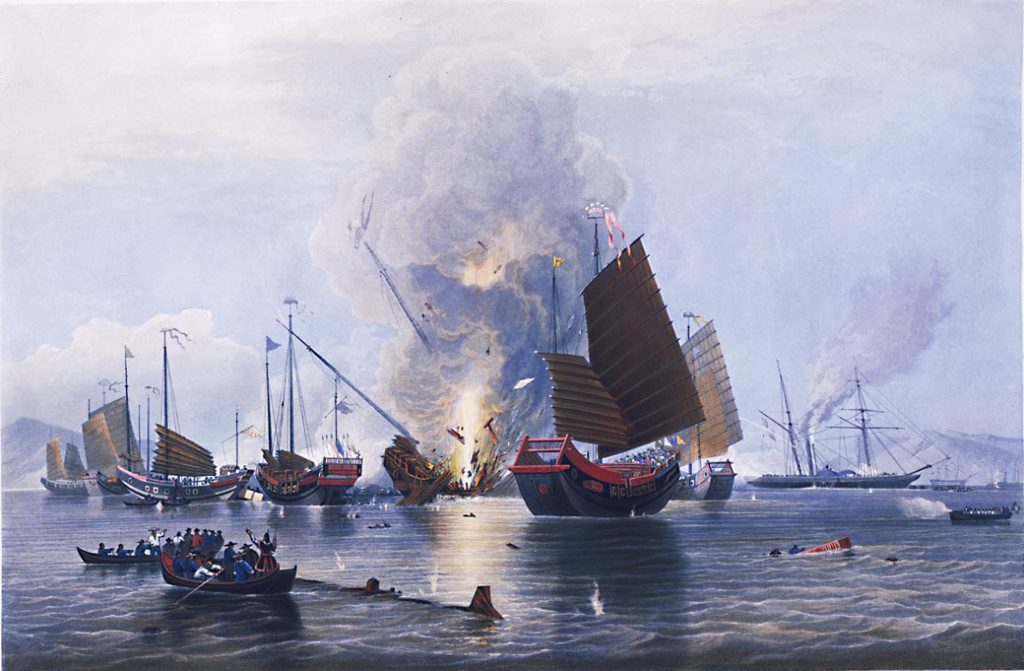
The Qing dynasty was the last of the Chinese dynasties, and saw some of the bloodiest rebellions in history. The Qing was founded by the Jurchens who also founded the second Jin dynasty. Qing led “Ten Great Campaigns” from the 1750’s to the 1790’s which extended the Qing empire into Central Asia. From 1850 to 1877 two violent rebellions took place which weakened the empire significantly and killed 20 million people in total. The empire declined steadily until February 12, 1912 when emperor Puyi abdicated, ending the dynasty.

